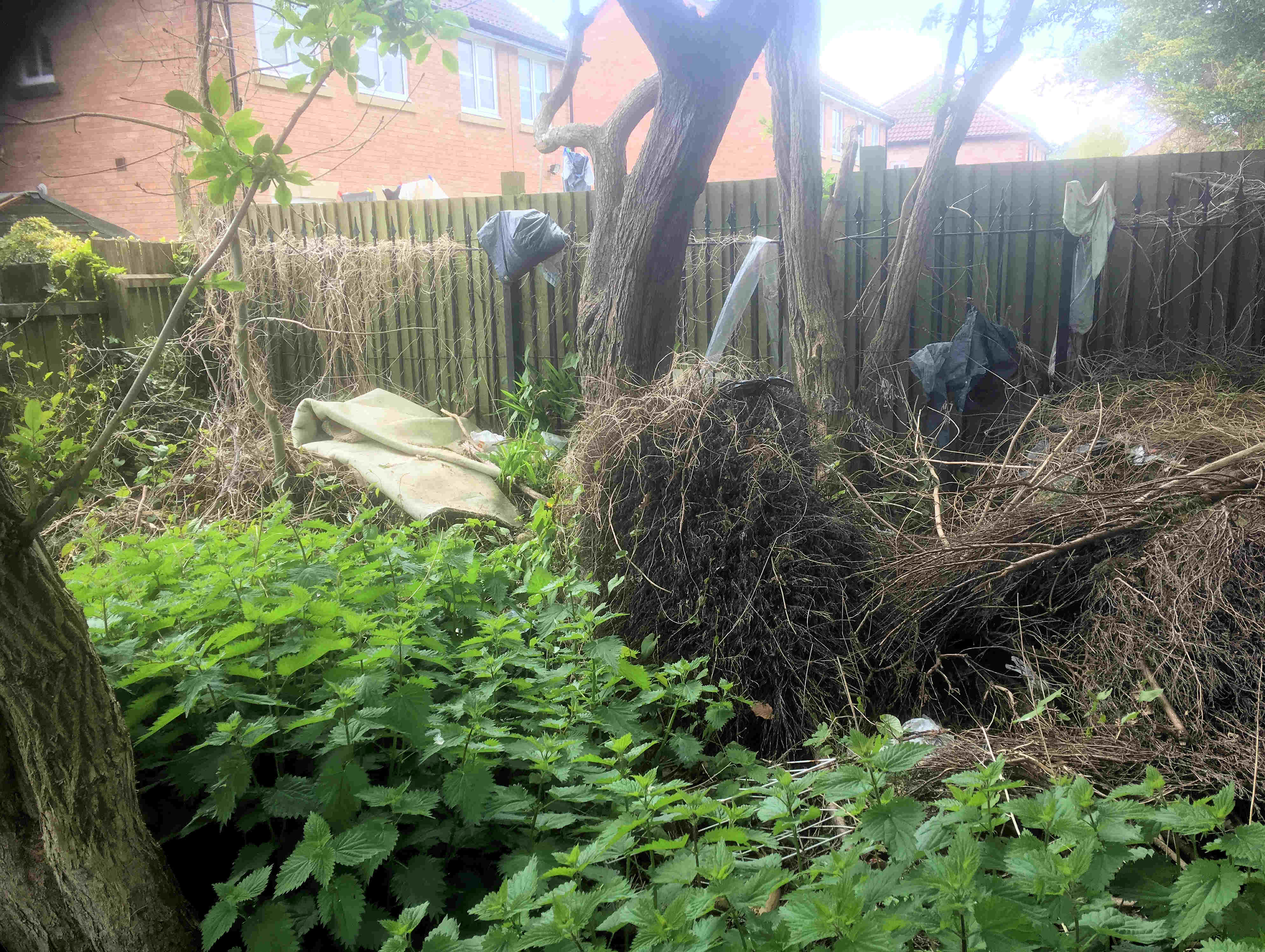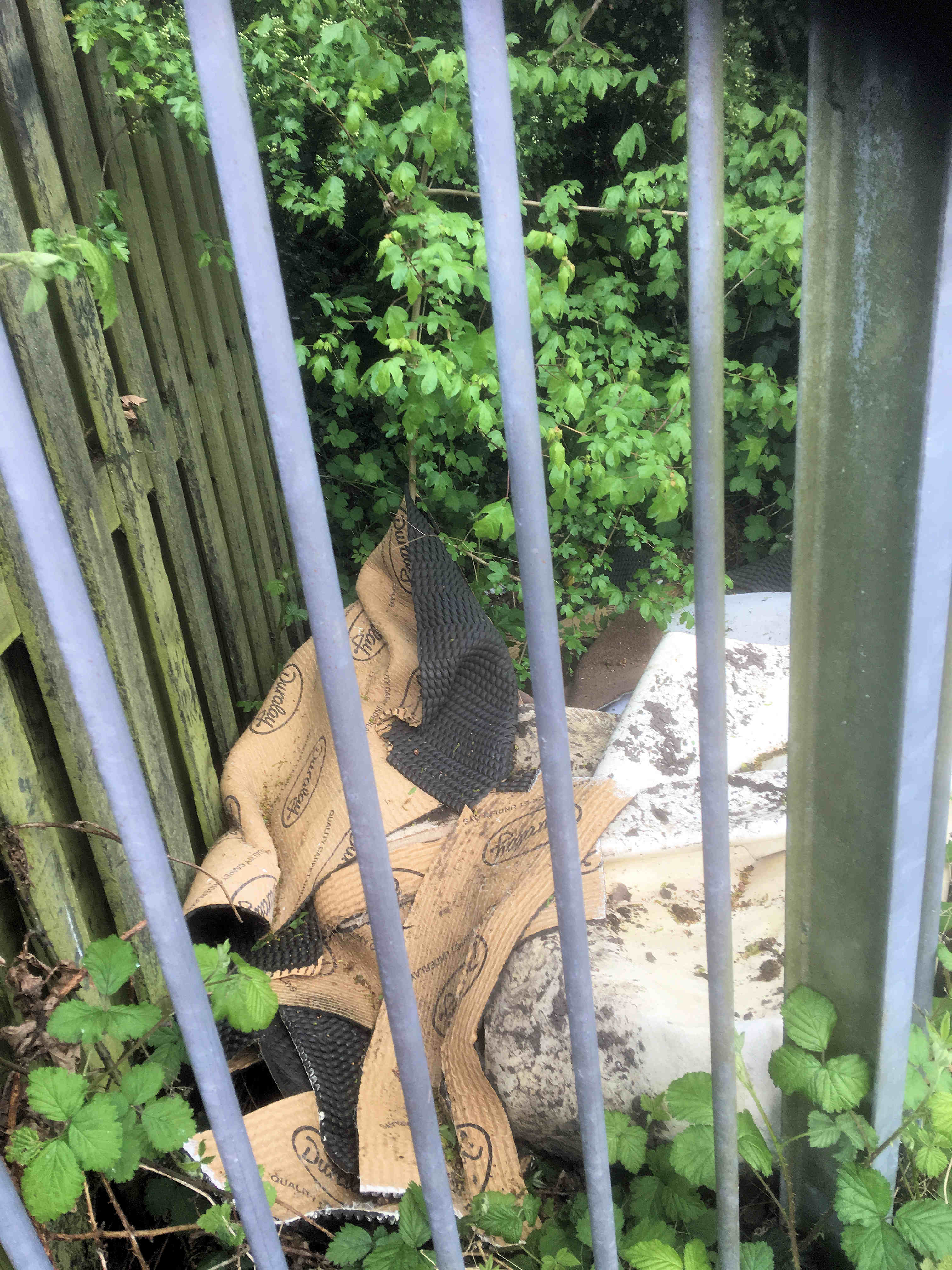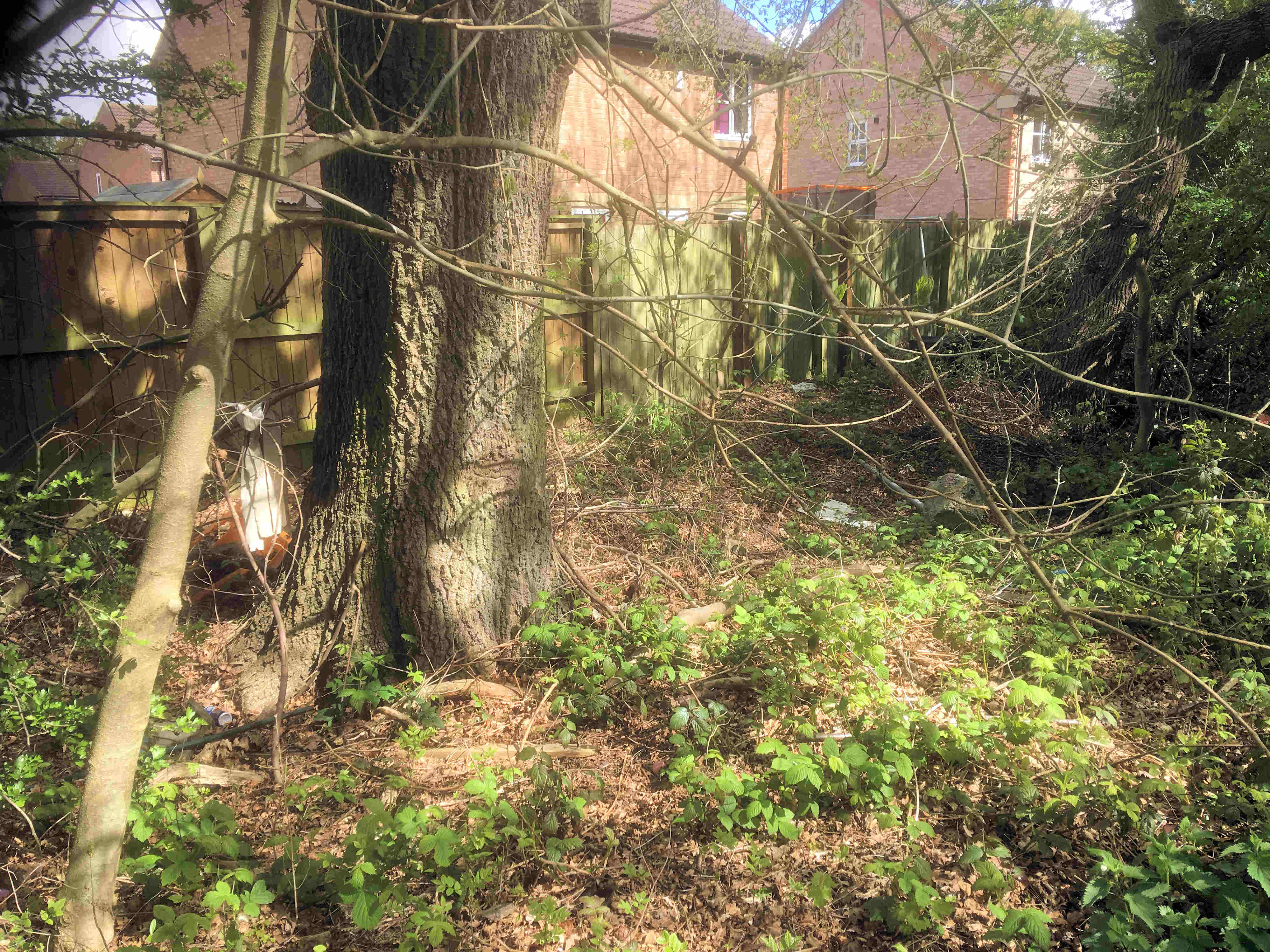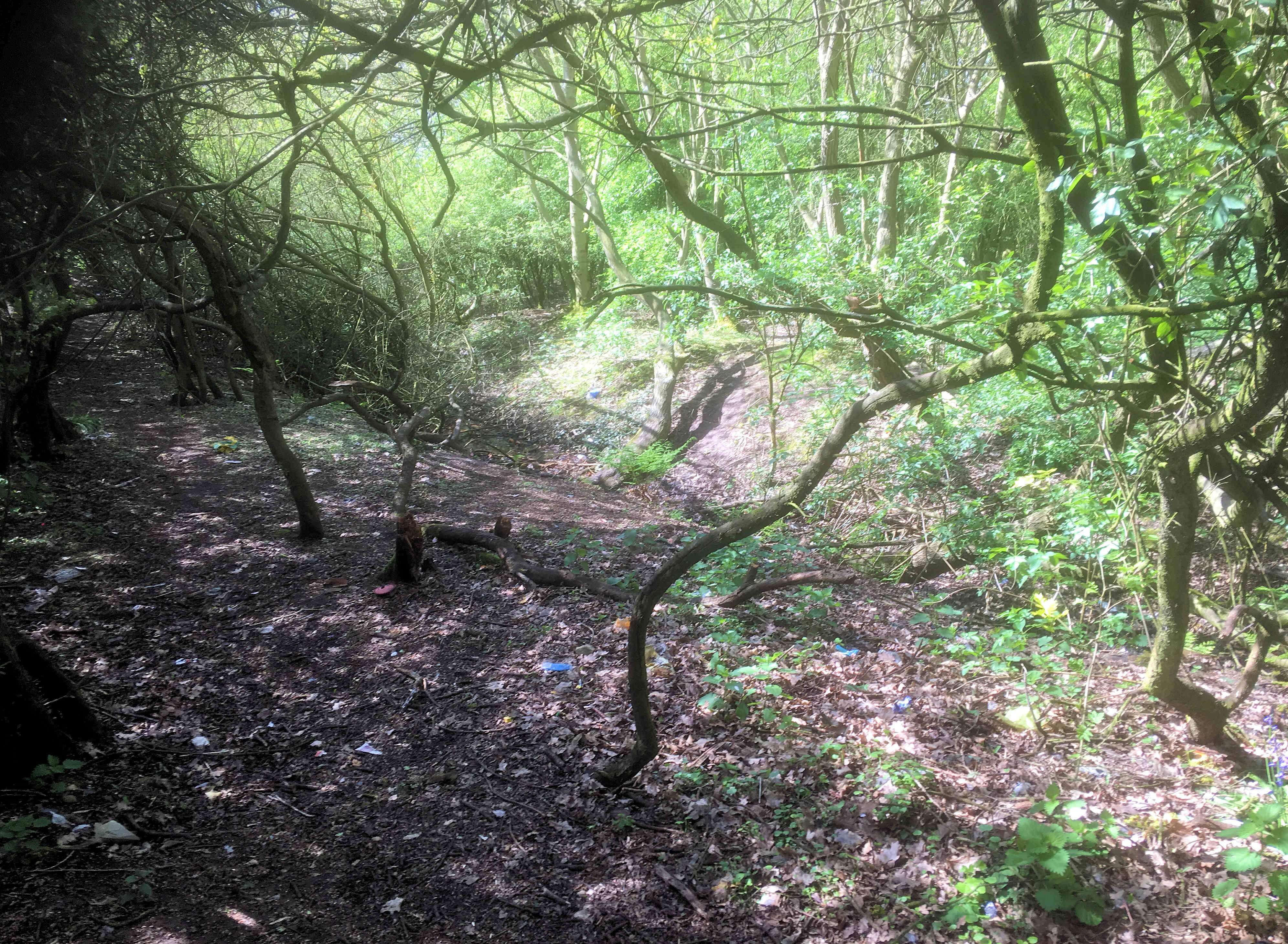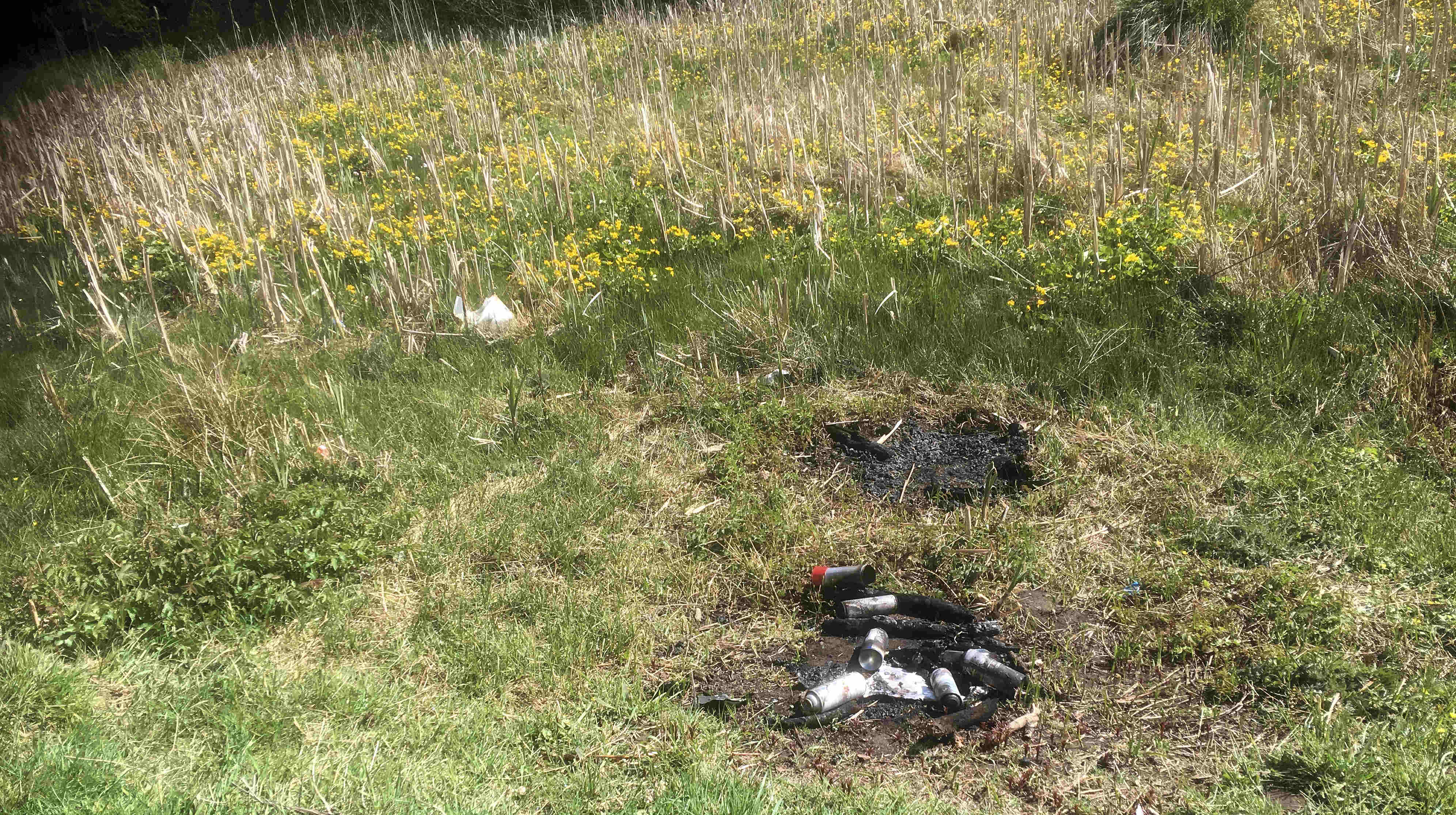Claims were made in the media earlier in the week that access gates at the entrance to Hob Moor were faulty. The gates are intended to allow movement, by people with disabilities, to the path around the moor and have been in use for nearly 20 years. They can be operated using a “RADAR” key. The keys are widely available,
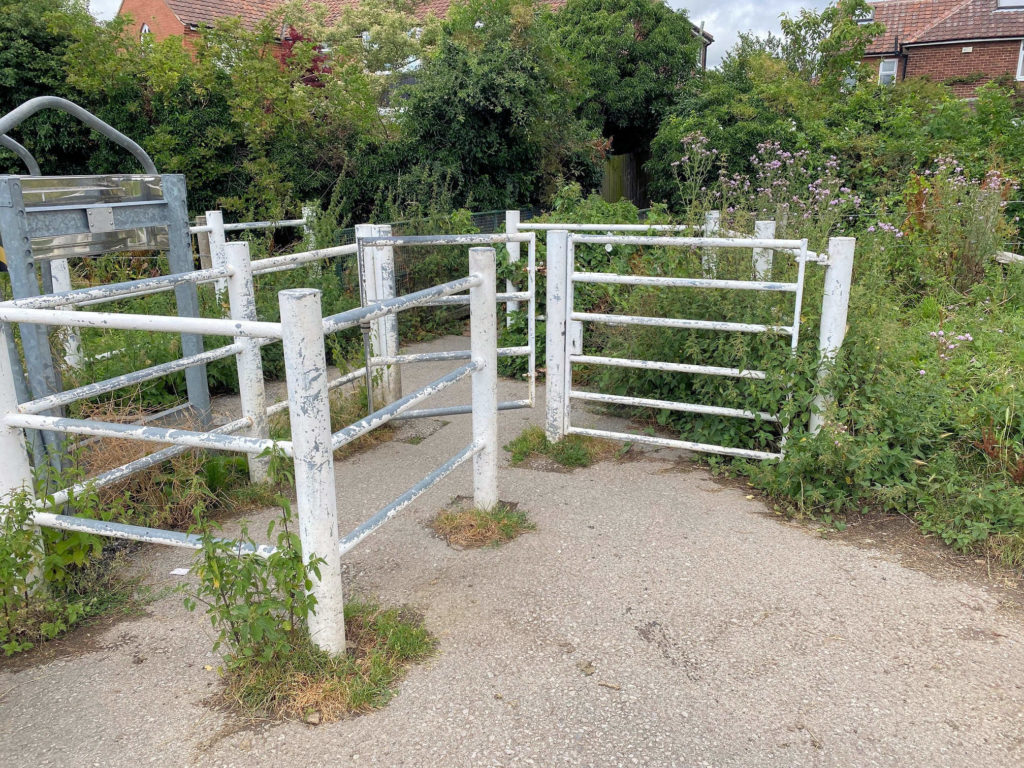
The gates allow entry for 3 and 4 wheel specialist machines and wheelchairs although the configuration may be awkward for some types of cycle.
There is an adjacent pedestrian “kissing gate” as well as a separate lane for conventional cycles.
There are 6 gates positioned at key points around the perimeter of the moor. They were installed many years ago as part of a configuration which was aimed at preventing access by off road motorcycles. The motorcycles had become a major source of irritation to nearby residents. The motorcyclists had also caused disruption to wildlife (particularly ground nesting birds) and flora on the moor.
The design also aimed to secure the moor for cattle grazing.
Generally the arrangements achieved their objective, with much of Hob Moor now a peaceful haven for wildlife.
The gate mechanisms were all working correctly yesterday.
One gate near Hob Moor Drive was obstructed by weeds and nettles and this has been referred to a local Councillor for attention.
There is some pressure for improvements. The equipment needs to be repainted. There is a suggestion that there should be a trial removal of one of the “plinths” at a cycle access point. This would allow cyclists to move more freely through the dedicated lane without the risk of getting a bent pedal.
More ambitious is a proposal to replace the RADAR keys with an electronic version which could also involve powered gates. Such options were not available 20 years ago when the gates were designed. The proposal would be expensive to implement
There will be some who think that the top priority should be to ensure that maintenance standards on existing routes are improved. This would include an improved inspection regime, the systematic removal of overgrowth and repairs to signs/lineage.
The same could also be said of the obstructed cycle and footpaths which can be found in other parts of the City.

